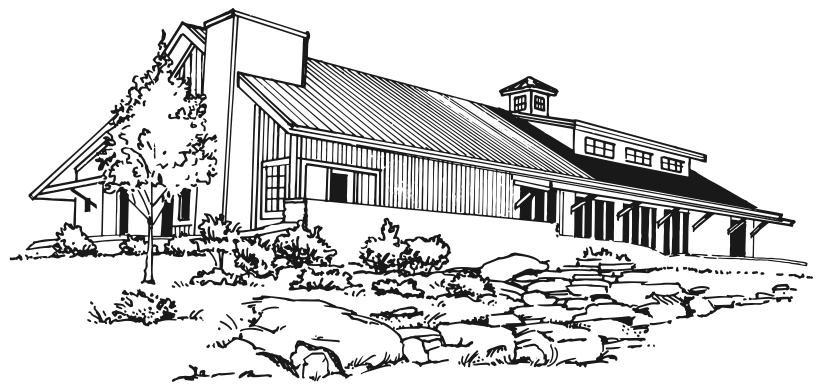9 Picture Book Topics to Avoid (Or Be Ready for Stiff Competition and Write a Story with a Fresh Take)
When people think about writing a children’s picture book, clichéd topics pop up. These classic themes are based on universal childhood experiences. It’s not that these topics are taboo. Instead, they are so common that competition is fierce. As they say, children’s publishing is a bunny-eat-bunny world.
Here are the top 9 topics to avoid. Also listed is a children’s book, published within the last 5 years, that is a fresh take on the topic. If you are considering writing a picture book about one of these topics, it will be a harder sale unless you can find an original way to approach it.
1. First Day of School. Everyone wants to get kids ready for the first day of school, and it’s hard to find a fresh approach.
Updated Title that Works:
Dad’s First Day (July, 2015), written and illustrated by Mike Wohnoutka
2. Tooth fairy. People have 32 teeth, and losing baby teeth in early elementary school is a universal experience. The tooth fairy often has a place in a family story, which makes it a perennial topic for a children’s book.
Updated Title that Works:
The Dinosaur Tooth Fairy (2013) by Martha Brockenbrough, illustrated by Israel Sanchez
3. Christmas/Halloween. Major holidays are often the focus on children’s books.
Updated Titles that Work:
Christmas Parade (2012) written and illustrated by Sandra Boynton
Smudge and the Book of Mistakes: A Christmas Story (2013), by Gloria Whelan, illustrated by Stephen Costanza.
4. Wanting a pet. From gerbils to dogs, cats to chinchillas–humans love their pets. It’s a natural topic for a children’s book.
Updated Titles that Work:
I Want a Dog: My Opinion Essay (2015) by Darcy Pattison, illustrated by Ewa O’Neill
I Want a Cat: My Opinion Essay (2015) by Darcy Pattison, illustrated by Ewa O’Neill
5. Dealing with a disability. With today’s cultural emphasis on diversity (#WeNeedDiversity), libraries are looking for stories with disabled characters.
Updated Title that Works:
My Three Best Friends and Me, Zulay (2015) by Cari Best, illustrated by Vanessa Brantley-Newton
6. Visiting Grandma and Grandpa. Who buys books for children? Grandparents! And of course, grandparents want to encourage a close relationship with their grandchildren. Do this topic with humor and honest emotion and you’ll have a winner.
Updated Titles that Work:
How to Babysit a Grandpa (2012) by Jean Reagan, illustrated by Lee Wildish
How to Babysit a Grandma (2014) by Jean Reagan, illustrated by Lee Wildish
7. New baby in the family. Young children often have to move over and make room for a new sibling. Books helps them work through the complicated emotions when a new baby arrives.
Updated Title that Works:
You Were the First (2013) by Patricia MacLachlan, illustrated by Stephanie Graegin
8. Barnyard stories/rural nostalgia. The rural roots of America are ever-present in children’s books. One of the first things kids learn is the sounds made by farm animals. From there, chickens and pigs rule!
Updated Title that Works:
Big Pigs (2014), written and illustrated by Leslie Helakoski
9. Bedtime stories. Kids who are read to become better readers. What better time to read than bedtime? And if the story ends on a quiet note that encourages the kids to go to sleep faster, parents will love you.
Updated Title that Works:
Goodnight, Goodnight Construction Site (2012) by Sherry Duskey Rinker, illustrated by Tom Lictenheld
Not convinced that you should avoid these topics? Then put on your A-Game! Because the competition for children’s picture books about these topics is fierce. Yet, if you write a fantastic story about one of these topics, it might just become a classic.








